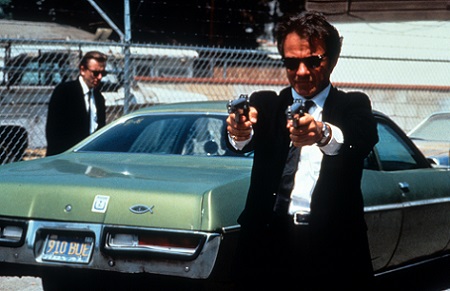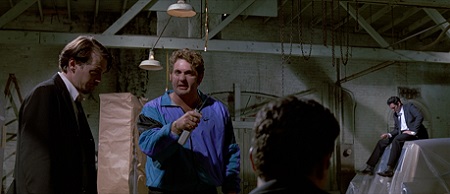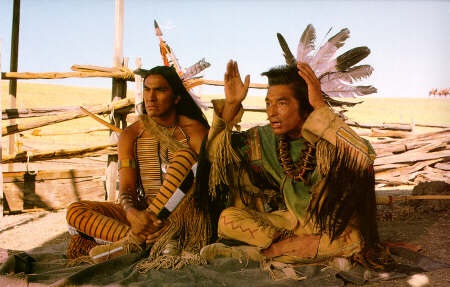It is nearly 30-years since Reservoir Dogs (1992), the first feature-length movie directed by Quentin Tarantino, was released in movie theatres. The film depicts events before and after a planned diamond heist from a jewelry store goes terribly wrong. The movie looks into the robbery team, the suspicions among members that ensued, and ultimately a resolution for the team along the way. An impactful point of the story is the stress responses in the points in between.

An early scene in the narrative for Reservoir Dogs includes introducing members of the team in the period before the heist. A notion for the protection of the members of the team seeking to perform the heist is for nobody to know the names of the other criminals involved. Thus, we meet Mr. Pink as portrayed by Steve Buscemi. We meet Mr. White, whom we later learn to be Larry, as portrayed by Harvey Keitel. We also meet Nice Guy Eddie, as portrayed by Chris Penn, whose role in the larger criminal enterprise allows him to not be named with a color. The film does include some off-color humor that gratuitously disparages African Americans.

Tim Roth portrayed Mr. Orange, who we later learn to be named Freddy. We see these two up-close from the beginning of the movie. Reservoir Dogs is not presented chronologically, which is to say that the background information for characters within the story gets shown in flashbacks to earlier points in time that suggest motivations and depth for the individual characters. That the stories of Mr. Orange and Mr. White are strongly connected and emotionally relevant is clear from the earliest parts of the movie.

Parts of the heist, including the plans for the getaway after the heist, include Mr. Blue, Mr. Brown and Mr. Blonde / Vic. Edward Bunker portrayed Mr. Blue. The film’s director, Quentin Tarantino, portrayed Mr. Brown. Michael Madsen portrayed Mr. Blonde, who we later learn to be Vic. Arguments ensue after the heist among Mr. Pink and Mr. White about getting medical care for Mr. Orange, who injuries are explained in the course the movie. Distrust runs rampant, yet transforms into something else altogether when Mr. Blonde arrives with kidnapped policeman Marvin Nash.

Marvin Nash is portrayed by Kirk Baltz. An interesting and brutal scene set to the song Stuck in the Middle with You by Stealers Wheels sees Mr. Blonde confronting a sadistic point-of-view in confronting a bound and immobile Marvin Nash. The commentary of place for Mr. Blonde mixed in among the other criminals participating in the heist gives the scene legs.

It’s a conversation among Mr. Pink, Mr. Blonde, Mr. White, Mr. Orange and Nice Guy Eddie that precedes that planned confrontation of Mr. Blonde and Marvin Nash. It’s Nice Guy Eddie that ultimately brings his father and ringleader, Joe Cabot, into the dance for addressing the crews getaway after the heist. Joe Cabot, as portrayed by Lawrence Tierney, sees the heist at its clearest level as the mastermind of the theft coupled with the criminal with the fullest awareness of the moving parts of the robbery.

The larger story of the outcome of the heist, the disposition of the thieves are supporting characters, and the degree of loyalty and trust that were merited in the situation at hand are revealed. Was one of the robbers a police informant or cop? Were loyalties properly laid? Were the outcomes meted out just or satisfying? The positive reception for the film is best rooted in these questions. I grant Reservoir Dogs as directed by Quentin Tarantino 3.75-stars on a scale of 1-to-5.
Matt – Wednesday, November 3, 2021







